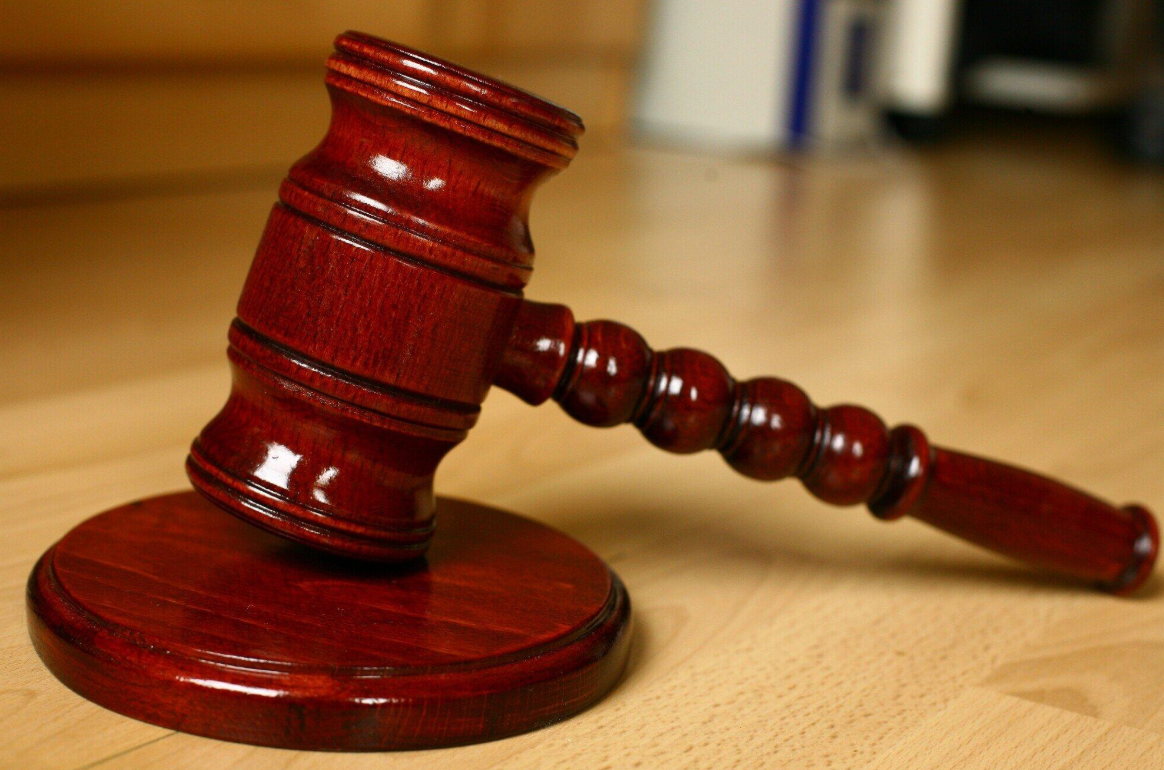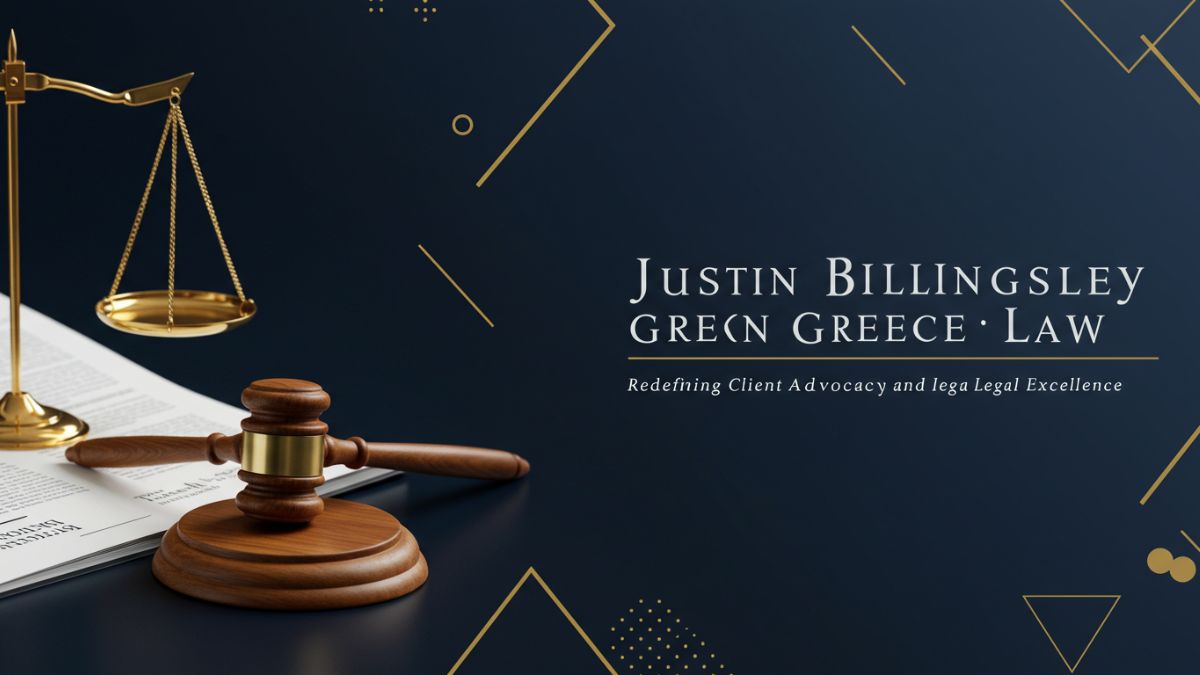Most personal injury lawyers don’t ask for payment upfront. Instead, they use what’s called a contingency fee arrangement. This means that they only get paid if their client wins the case or receives a settlement. This setup is especially common in personal injury law.
The personal injury lawyers from Abels and Annes, P.C., and other top law firms handle a wide range of accident cases using this model. Their work shows how legal support can be accessible and focused on results.
We’ll explain why contingency fee arrangements are so widely used—and why they continue to be the standard for most personal injury lawyers.
Aligning Client and Lawyer Incentives
When someone gets hurt in an accident, they often face medical bills and lost wages. Most can’t afford expensive legal fees upfront. That’s where contingency fees shine—they create a perfect alignment between client and lawyer.
Under this system, attorneys only get paid if they win, usually taking 25-40% of the settlement. This percentage covers their work and the financial risk they’re taking. No recovery? No fee. It’s that simple.
This arrangement motivates lawyers to work harder on cases. Since their payment depends on winning, they have every reason to fight for the best possible outcome. They’ll thoroughly investigate claims, negotiate aggressively, and go to trial if needed.
The financial risk also makes attorneys selective about the cases they take. They won’t pursue weak claims because they’d waste their time and money. This built-in filter helps ensure only meritorious cases move forward.
Reducing Financial Barriers for Clients
Many people seeking legal help after an injury simply can’t afford hourly fees or retainers. For them, contingency fees level the playing field, allowing access to justice without upfront costs. Take car accident victims, for example. They may face mounting medical bills and lost wages while struggling to make ends meet.
With contingency fees, they don’t have to worry about paying a lawyer out of pocket; they can focus on recovering while their lawyer works to secure the compensation they deserve.
Mitigating Risk for Law Firms
Contingency fees might sound risky for lawyers—and they are. Firms often spend thousands upfront on investigations, medical records, and expert witnesses before seeing a dime. PI attorneys carefully screen cases, rejecting weak claims that could drain resources.
It’s a calculated gamble. By focusing on strong cases with clear liability, firms increase their chances of success. They also handle enough cases to balance wins and losses – when one case settles big, it covers costs for others.
This system forces efficiency. Lawyers can’t afford to drag out weak claims, so they prioritize cases with real merit. Everyone benefits from this built-in quality control.
Predictability in Case Valuation
Personal injury cases, like slip-and-fall accidents or car crashes, often have clear liability and damage metrics. This makes estimating potential payouts easier than more complex cases like business litigation.
Contingency fees work well with these types of cases because they align with standardized settlement ranges. This allows lawyers to predict a likely outcome and ensures that both the client and lawyer are fairly compensated based on the case’s specifics.
Ethical and Regulatory Reinforcement
State bar rules often encourage contingency fees to protect clients from exploitation in personal injury cases. Hourly fees could exploit vulnerable plaintiffs, especially when financial resources are limited.
A System That Benefits Both Sides
In the end, contingency fees create a win-win situation. Clients are empowered to seek justice, and lawyers are fairly compensated for their hard work. This enduring model proves its value in personal injury law.











